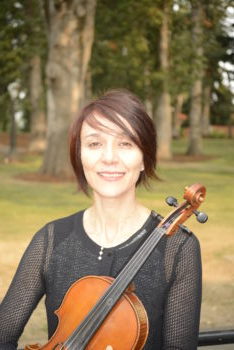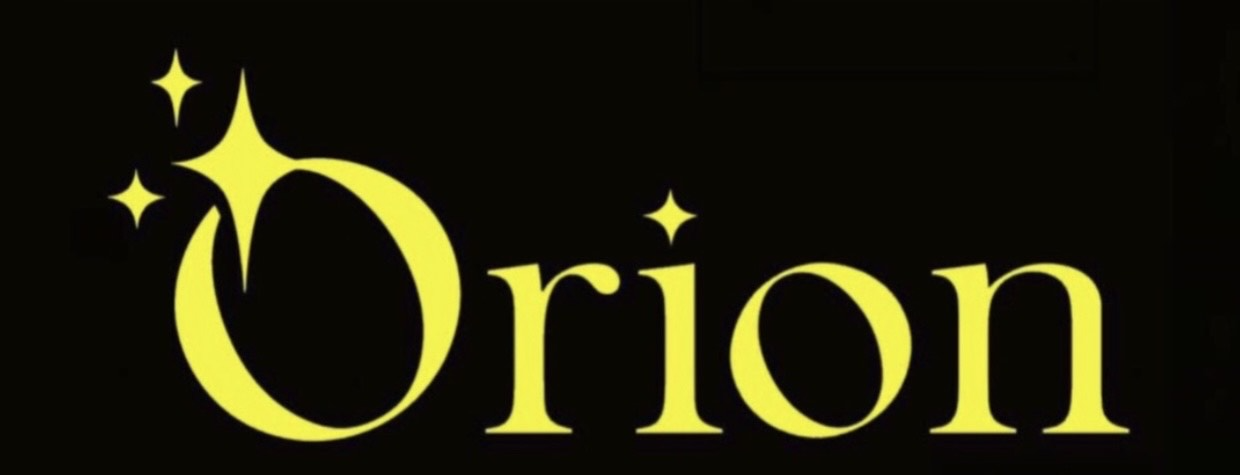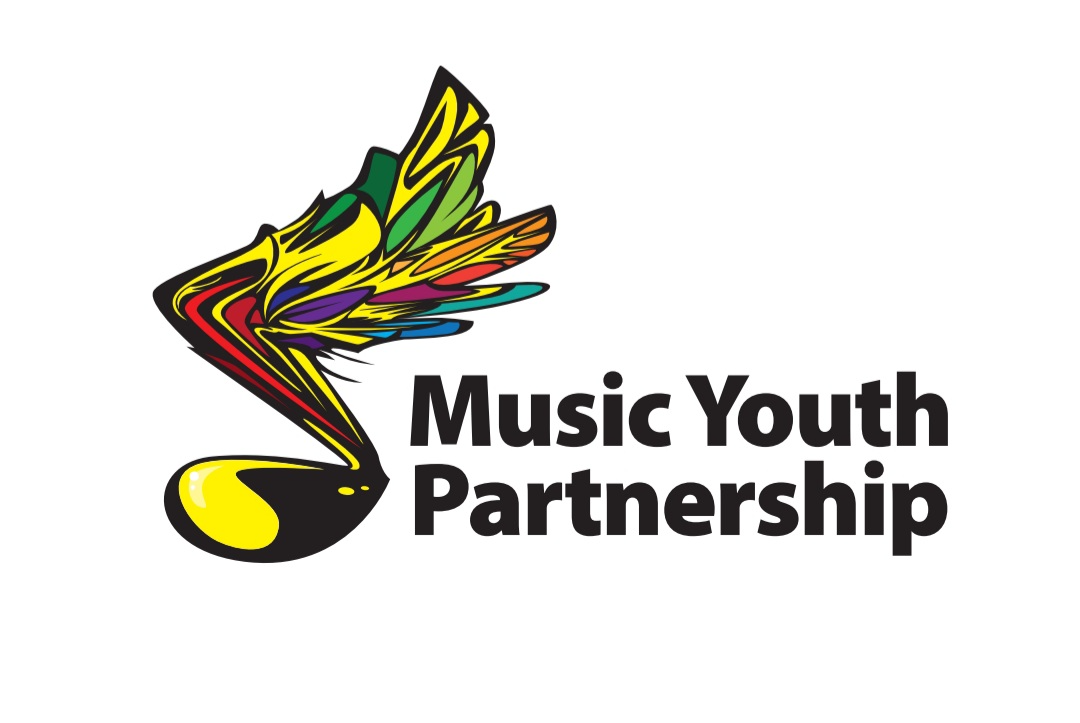
The sound produced by spiccato bow stroke is one of the most unique articulations that bowed string instruments can project. This is a short and crisp, yet sound and resonating articulation usually used in faster passages of music composed by Classical and composers in later musical eras. The word spiccato is derived from an Italian verb that means “to separate” or “with humor.” Its “liveliness” comes from the energy that occurs when bow bounces in “drop” and “lift” cyclical movements. Marked with a dot above or below the note head (like staccato), or sometimes simply denoted by the word spiccato written below the passage, spiccato presents itself in three variations: (a) light spiccato that is played right at the division between the middle and upper third of the bow (think of Mendelsohn’s Simphonia # 10); (b) brushed spiccato that is played at the balance point of the bow (think of Mozart’s Eine Kleine Nachtmusik); and (c) heavy spiccato that is played in the bow-frog area (think of Beethoven’s Fifth Symphony).
Origination of Spiccato
The origination of spiccato is closely related to the innovations that a French bow maker, François Xavier Tourte (1747/48-1835) made to the bow in collaboration with an Italian violin virtuoso Giovanni Battista Viotti (1755-1824) between 1785 and 1790. The innovations included use of premium pernambuco wood and changing the arc of the bow from convex (away from the hair) to concave (towards the bow hair), thus making the bow stronger and more responsive, both of which allowed the bow to bounce off the string in a controlled way. It is Haydn who first composed pieces that required the spiccato bow stroke (think of Haydn’s Surprise Symphony).
Spiccato Principles
- When playing spiccato the bow makes either a “U” or “V” motion depending whether the music dictates “brushed” (“U” shaped) or “vertical” (‘V” shaped) spiccato.
- While a spiccato cycle consists of “drop” and “lift” motions, the “lift” part of spiccato cycle is just the reaction to the “drop” part.
- Unlike sautillé (French for “springing”) that is considered to be rebounding and therefore more uncontrolled type of bowing, spiccato is considered to be a controlled bow stroke.
Pre-requisites for Teaching Spiccato
- The bow hold should be well balanced between the bent thumb and two middle fingers that are wrapped around the bow stick in the middle part of the middle joint. The right hand pinkie should be positioned on the side of the bow stick octagon that is closest to the player (on violin and viola) and the right hand pointer should be wrapped around the bow stick in its first knuckle (one closest to the tip of the finger).
- The instrument (violin and viola) needs to be as parallel to the floor or ground as possible because that will prevent the bow from moving around in unwanted directions.
Helpful Hints
- When playing spiccato, the right arm should be at a slightly higher level than when playing detache bowing style.
- The bow hair should be centered above the stick (at least in the early stages of learning spiccato) as that increases the resilient reaction of the bow, which makes jumps from string to string easier to execute.
- The bow hair should be touching the string closer to the bridge as that provides a firmer surface for bouncing against the string.
- The speed of the spiccato passage will dictate what area of the balance point needs to be used. Slower spiccato passages will be played with more control and accuracy if played closer to the frog and faster passages will be played with more accuracy if played closer to the middle part of the bow.
Following is the handbook for learning spiccato in private and classroom learning environments that can be shared with students. Strategies presented in this handbook are adapted from the string pedagogy approaches of Paul Rolland, Mimi Zweig, Rebecca Henry, George Bornoff and Ivan Galamian.
Learning Spiccato in Three Stages
Spiccato: derived from an Italian word for “separated.”
Spiccato is an off string bow stroke played at the balance point of bow. There are three types of spiccato: light, brushed, and heavy.
Beginning Stage
Steps # 2-8 to be practiced on open strings. Metronome for steps # 2-7 to be on ♩= 52. Step # 8 to be practices without metronome.
Step #1: “Finding the Balance Point”
Place the stick of the bow on the top of the first two fingers of the right hand until find the fulcrum or spot where the bow balances. This should be around 6-7 inches away from the frog (about 1/3 of the way from the frog).
![]() Step #2: “Drop the Bow”
Step #2: “Drop the Bow”
Hold the bow firmly (but not stiffly) and drop the bow onto the D and/or A string at the balance point using vertical motions.
Step #3: “Drop and Draw” (Jeté)
The same as in step two but this time draw a down bow towards the upper middle of the bow as soon as the bow touches the string. Follow the elbow movement with the eyes and keep the bow parallel to the bridge (“open the gate”). The arm will make a half circles.
Step #4
Do step three using the up bow motion. Follow the elbow movement with the eyes and keep the bow parallel to the bridge (“close the gate”). The arm will make half circles.
Step #5: “Drop and Catch”
“Catch” the bow high in the air while using alternating up and down bow motions and making big half circles.

Step #6: “Down Up, Shake, Shake”
During the “shake, shake” rests, move the arm in down and up bow directions to gain more mobility and control.

Step #7: “Down Up, Down Up, Shake, Shake”
During the “shake, shake” rests, move the arm to gain more mobility and control.

Step #8: “The Drumroll”
Gradually increase and decrease the speed of the bounces. On the slower notes, move the bow further from the string. When playing faster notes, keep the bow closer to the string.
![]()
Intermediate Stage
Following sequence of couplets, triplets, and quadruplets to be practiced on the
open string cycle and on scales. Couplets and quadruplets to be practiced with the up bow as starting direction. Metronome to be on ♩= 60.

Advanced Stage
To get more variety of spiccato (e.g., crisp, brushed, etc.), practice this exercise on any selected note in the higher or lower register of instrument within the specified bow position. Metronome to be on ♩= 52.
 References
References
Galamian, I. (1985). Principles of violin playing and teaching. Ann Arbor, MI: Shar Products Company.
Howell, J. R., & Howell, F. C. (2003). Bornoff: Breakthrough for string education (2nd edition). Newton Highlands, MA: The Foundation for the Advancement of String Education.
Isoda, H. (Producer) & Zweig, M. (Author). (2008). String Pedagogy. [DVD]. United States. RIAX: Digital Art for the Future.
Rolland, P. (2000). The teaching of action in string playing: Developmental and remedial techniques (2nd edition). Bloomington, IN: American String Teachers Association with National School Orchestra Association, Tichenor Publishing.
Rolland, P. (Author). (2008). The teaching of action in string playing. [DVD]. United States. RSRA.























